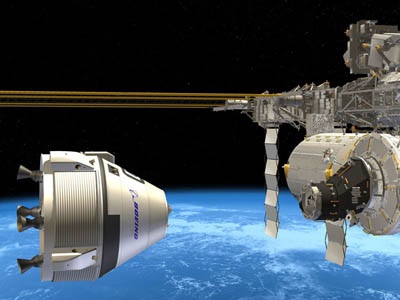Intel CEO and president Paul Otellini
EPA’s Fortune 500 List of Green Power Purchasers has ranked Intel Corporation at No 1 for its green power purchasing in the US. Cisco Systems came in at 15th place, while Boeing South Carolina ranked 33rd in the National Top 50. Google just about made it, taking the 47th spot.
Sony Corporation of America came in at 29th position, while Bloomberg LP followed suit in 30th place. Dell, Inc made it to 41st place, while telecommunications firm Sprint took the 45th spot.
The U.S. Department of Energy came in at 12th place, while the U.S. Environmental Protection Agency ranked in 16th place. The U.S. Air Force came in at 18th place.
Lockheed Martin Corporation took the 13th spot, while Montgomery County Clean Energy Buyers Group took 32nd position. At 46th place was Mohawk Fine Papers Inc.
In terms of universities, the University of Pennsylvania took 22nd position, while Carnegie Mellon University gleaned the 36th spot. The University of Utah took 48th position, while Oregon State University came in at 50th place.
Regarding cleaner, smarter cities, the City of Houston, Texas, took the fourth spot on the Top 50 list.
Green Power Partnership
In the US, the Green Power Partnership works with leading organisations – from Fortune 500 companies to local, state and federal governments, and a growing number of colleges and universities. The Top Partner Rankings highlight the annual green power purchases of leading organisations within the United States and across individual industry sectors, according to the EPA. It says these green power purchases help reduce the environmental impacts of electricity use and support the development of new renewable generation capacity nationwide.
“Purchase amounts reflect US operations only and are sourced from US-based green power resources. Organisations can meet EPA purchase requirements using any combination of three different product options (1) Renewable Energy Certificates, (2) On-site generation, and (3) Utility green power products.”
Boeing South Carolina meets 100pc of its site’s energy needs using renewables
In a statement today, Boeing South Carolina said the 787 fabrication and assembly facility ranks 14th on the U.S. Environmental Protection Agency’s (EPA’s) Fortune 500 list of the largest renewable power purchasers in its Green Power Partnership, according to the agency’s most recent ranking released on 24 October.
Boeing South Carolina purchases nearly 130m kilowatt-hours (kWh) of renewable power annually from South Carolina Electric & Gas (SCE&G), which the company says is enough to meet 100pc of the site’s energy needs.
A percentage of that power will be generated onsite by a thin-film solar laminate installation on the roof of the Boeing South Carolina 787 Final Assembly building, said Boeing today.
“This shows our commitment to drive environmental thinking into the way we operate our company,” said Mary Armstrong, Boeing vice-president of Environment, Health and Safety.
“Boeing South Carolina’s commitment to renewable energy, coupled with its zero waste to landfill program and LEED certification targets for all new construction, demonstrates that what’s good for the environment is also good for business.”
Apparently, the site’s solar generation system, owned and maintained by SCE&G, is the largest in the southeastern US by production capacity and by itself could power about 250 residential homes.
“EPA’s Green Power Partners consistently raise the bar for using clean, renewable electricity,” said EPA assistant administrator for the Office of Air and Radiation, Gina McCarthy.
“Boeing South Carolina’s commitment to using green power serves as an example of leadership for others to follow,” added the EPA’s McCarthy.
NASA leases out a hangar to Boeing for space travel R&D

Artist concept of Boeing’s CST-100 spacecraft approaching the International Space Station. Credit: Boeing
Just this week, NASA announced it is to lease out one of its unused hangars to Boeing, which will establish an Orbiter Processing Facility-3 at the Kennedy Space Center in Florida to manufacture and assemble its CST-100 spacecraft, with the possibility of eventually flying people commercially to the International Space Station by 2015.